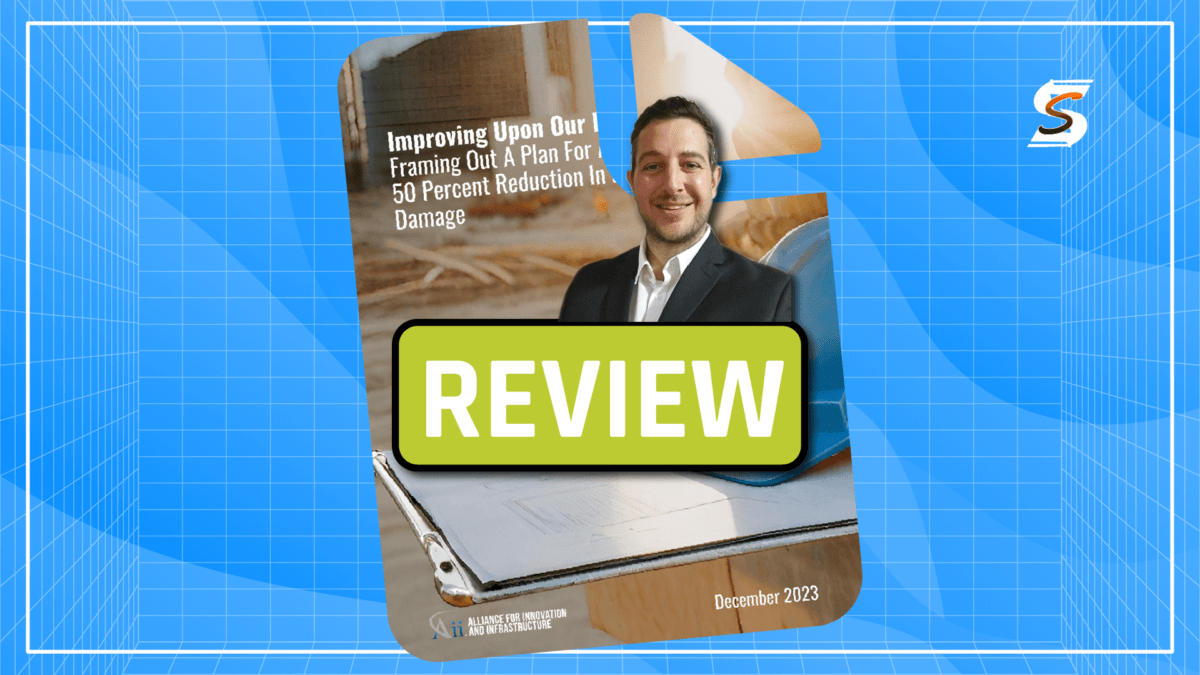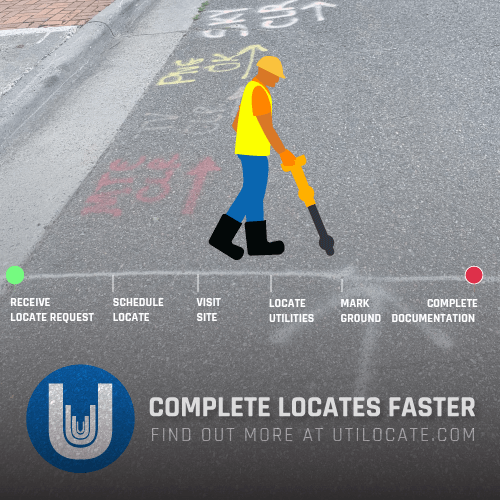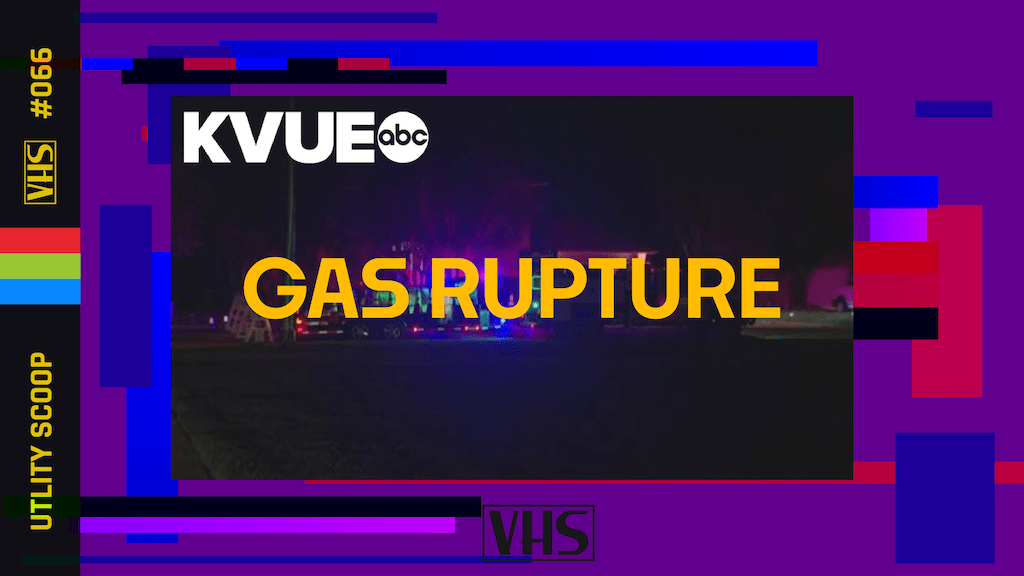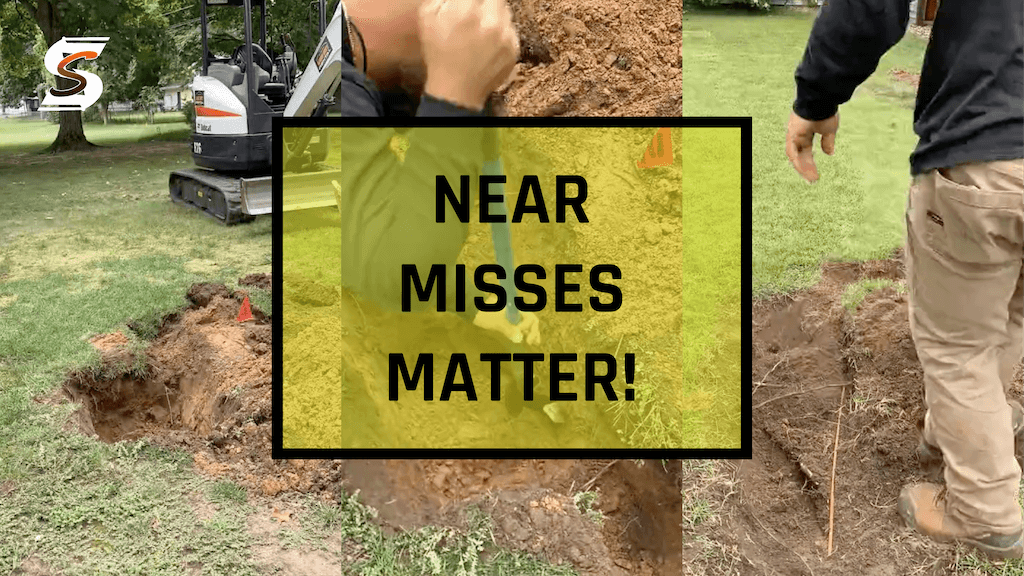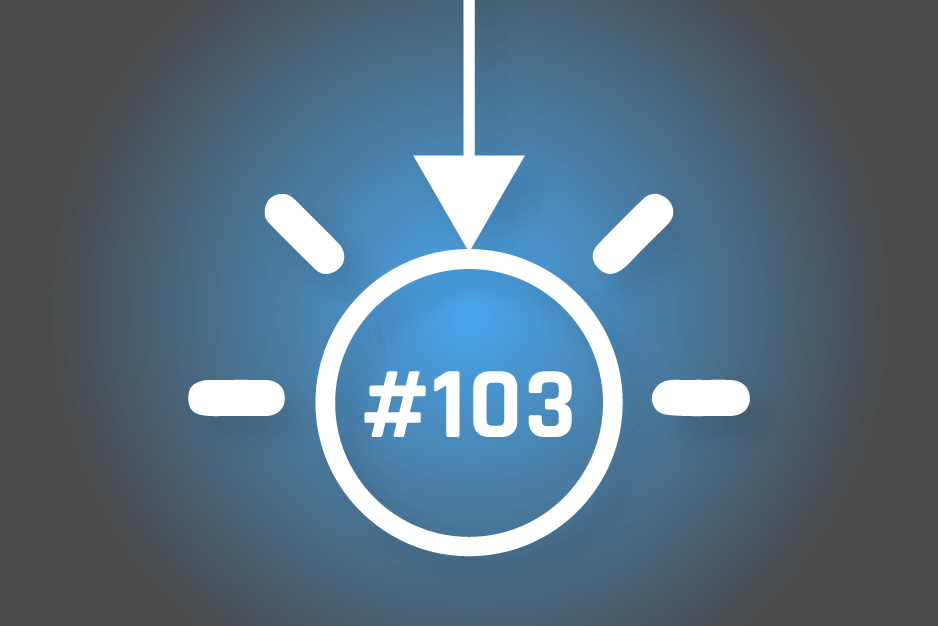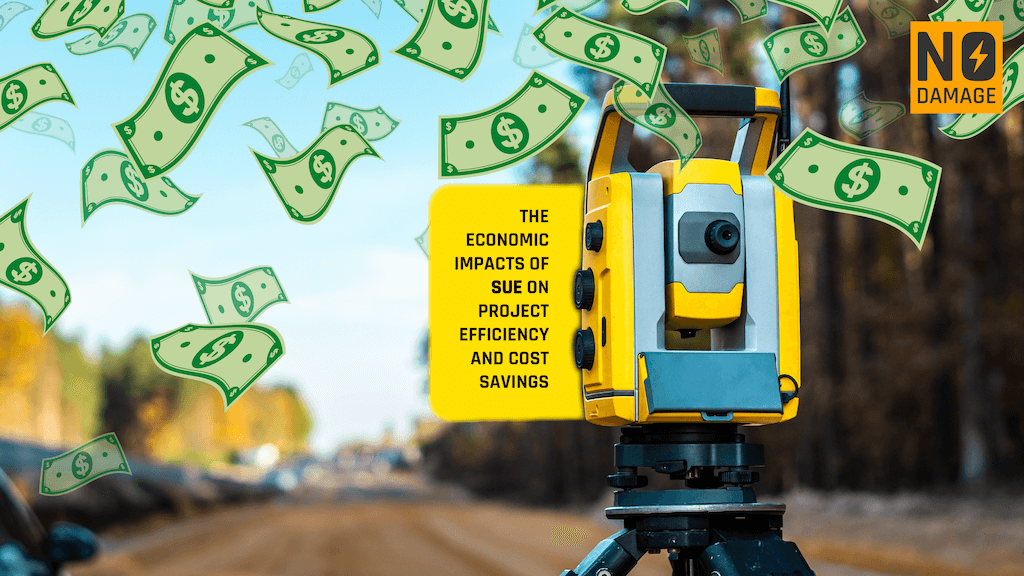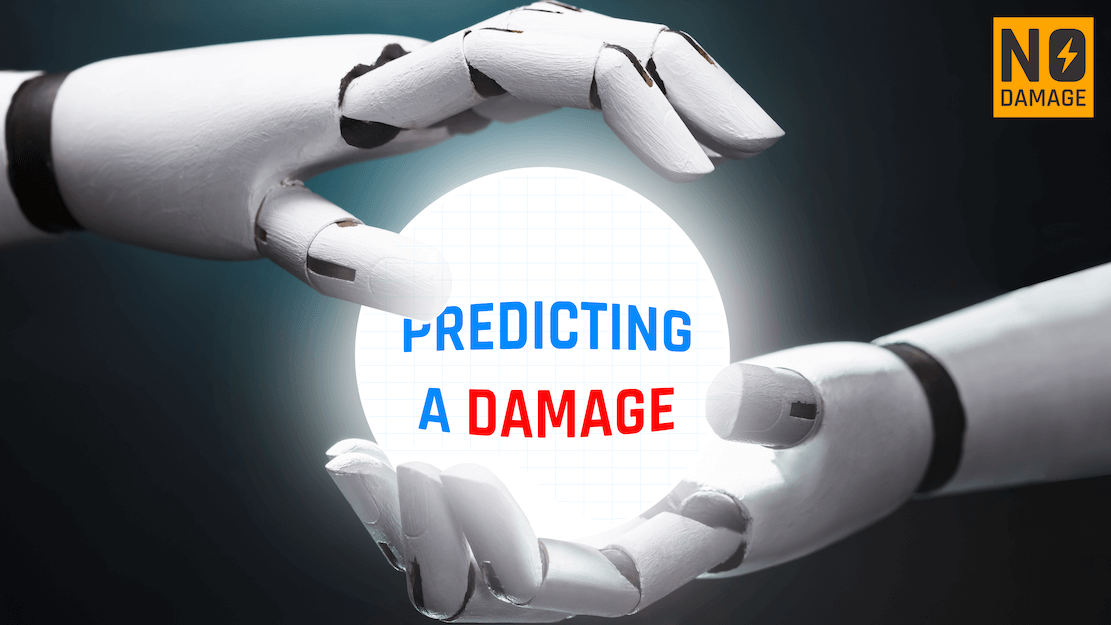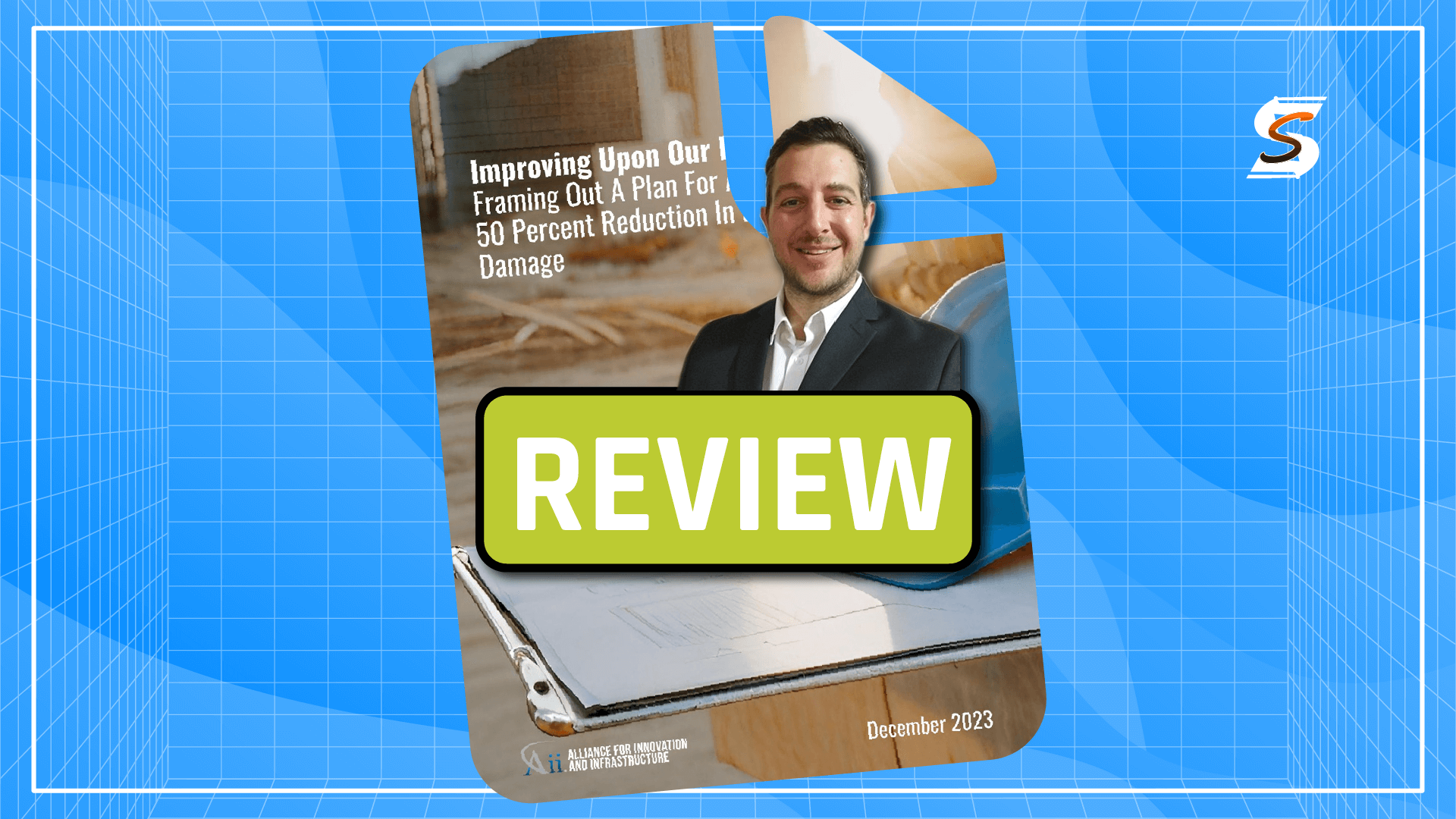
Back in December the Alliance for Innovation and Infrastructure (Aii) produced a report called Improving Our Dig Laws: Framing Out A Plan for Achieving A 50 Percent Reduction in Excavation Damage. It’s a report that I overlooked at the time but I’ve spent a few hours looking it over and it’s a real substantial piece of work. It’s effectively a counterpoint to the DIRT Report. And as I happen to enjoy debates, it’s made for some worthwhile reading and reflecting. I’m going to summarize it below and then provide my perspective but first here’s some humble pie:
PIE
As I delved into the Aii's plan for improving dig laws, I stumbled upon a crucial detail that I had initially missed: the overall decrease in reporting from locators in the DIRT report. I can’t believe I missed this, and maybe others have mentioned it apart from the Aii but it seems like a big deal. While it's true that excavators are submitting more reports each year, what caught my attention was the underlying reason for excavators leading in reporting proportionally.
In the report, it's revealed that the primary reason excavators now top the reporting charts is not solely due to their increased reporting efforts. Rather, it's because the historically largest reporting group, the locator industry, significantly reduced the number of damage reports submitted to CGA's DIRT platform in 2021 and 2022. This reduction effectively halved the available data for those years.
This revelation adds a layer of complexity to the reporting dynamics, highlighting the impact of changes within the locator industry on overall reporting trends. It prompts a deeper consideration of the factors influencing reporting behaviors and underscores the importance of understanding the broader context when analyzing data trends in infrastructure management. As the Aii report notes, the new DPI program is a good proactive way to counter this. “...the DPI stands out as a proactive initiative with the potential for great returns in safety. Collecting more data at increased intervals is a positive step.”
SUMMARY
I don't want to just republish their finding here but I also want to avoid doing their plan a disservice so here's my breakdown of the Aii proposal for achieving a 50% reduction in excavation damage to underground facilities within five years:
- Formation of a Diverse Group: Create a diverse group of industry participants to develop and manage the plan towards achieving the goal.
- Identify Roadblocks and Costs:- Identify impediments to reducing damage, including structural, policy, technological, and behavioral issues.- Publicly name all roadblocks and be transparent about associated costs.- Clearly communicate the costs involved in implementing specific techniques, practices, or technologies to reduce damages.
- Review and Consolidate Recommendations:- Gather recommendations from various sources such as DIRT reports, white papers, technology studies, and input from relevant organizations.- Evaluate past recommendations for impact and achievability.- Rank recommendations based on their potential impact and feasibility.
- Create New Recommendations: Develop new recommendations based on existing ones and address roadblocks to implementation.
- Develop Annual Targets: Establish annual targets for reducing damages, considering the implementation of recommendations under the plan.
- Create Detailed Implementation Plan: Develop a detailed plan for implementing targets, including ownership of implementation, target dates for monitoring progress, and responsible parties for each element.
- Gain Support for Implementation:- Obtain support from other organizations and stakeholders.- Brief various stakeholder groups and align resources for implementation.- Disclose the plan to the general public to enhance outreach.
- Monitor and Report Progress: Regularly collect metrics to gauge progress, hold meetings, and produce reports on implementation.
- Take Corrective Action: Revise the plan as needed based on progress data, prioritize successful strategies, and address areas where implementation is lacking.
Despite challenges in implementing a transparent and accountable plan in a voluntary industry, Aii emphasizes the importance of making an attempt to address excavation damage. They suggest that CGA or another key industry group is well-positioned to lead such efforts. From my perspective, I’d love to get involved in anyway I or my team can - it’s up to each of us to invest not just money but time and resources into damage prevention.
REVIEW
Ok now to the good stuff. The proposed framework by the Alliance for Innovation and Infrastructure (Aii) presents a comprehensive plan to address excavation damage to underground facilities, aiming for a 50% reduction within five years. While the framework offers a structured approach with clear steps, it's essential to note the underlying criticism voiced by Aii regarding the Common Ground Alliance (CGA).
Aii's review emphasizes a lack of specificity in CGA's approach, particularly highlighted by the absence of detailed guidance in the DIRT report. They question the absence of specific actions, clarity on responsible parties, measurement of effectiveness, and oversight mechanisms for the challenge. Aii's critique raises valid concerns about the ambiguity surrounding the challenge set forth by CGA, leaving stakeholders with uncertainties regarding implementation and accountability. The proactive nature of the DPI program is a testament to the CGA’s efforts and so I think it’s good to have some constructive criticism to help steer the rest of their efforts. Nobody’s perfect.
The review underscores the necessity for a more concrete and actionable plan, echoing Aii's sentiment that the challenge should not merely serve as an aspirational goal but should provide clear directives for action, delineating responsibilities, and establishing metrics for progress evaluation. Without such specificity, the effectiveness of the initiative remains questionable, and the likelihood of achieving the ambitious goal of reducing excavation damage by 50% within the stipulated time frame diminishes.
Overall, while Aii's proposed framework offers a structured approach to addressing excavation damage, it serves as a reminder of the importance of clarity, specificity, and accountability in tackling complex challenges within the infrastructure sector. The critique highlights the need for a more robust and transparent approach to ensure meaningful progress towards mitigating excavation damage and safeguarding underground facilities.
Let me know what you think, and make sure you take a look the report.
Share this Post

